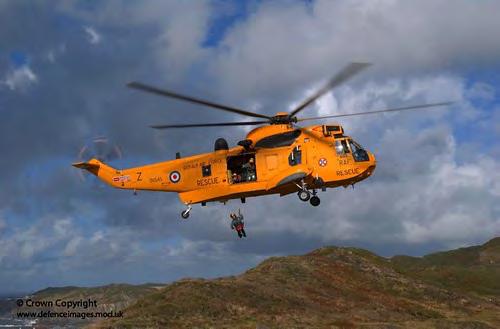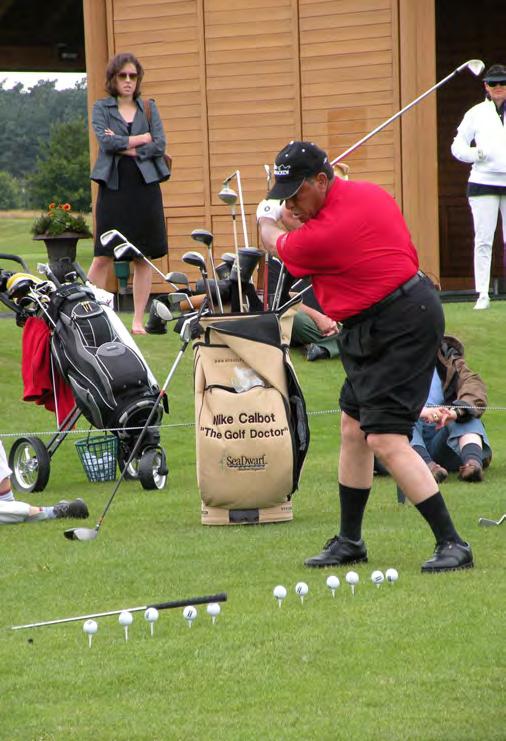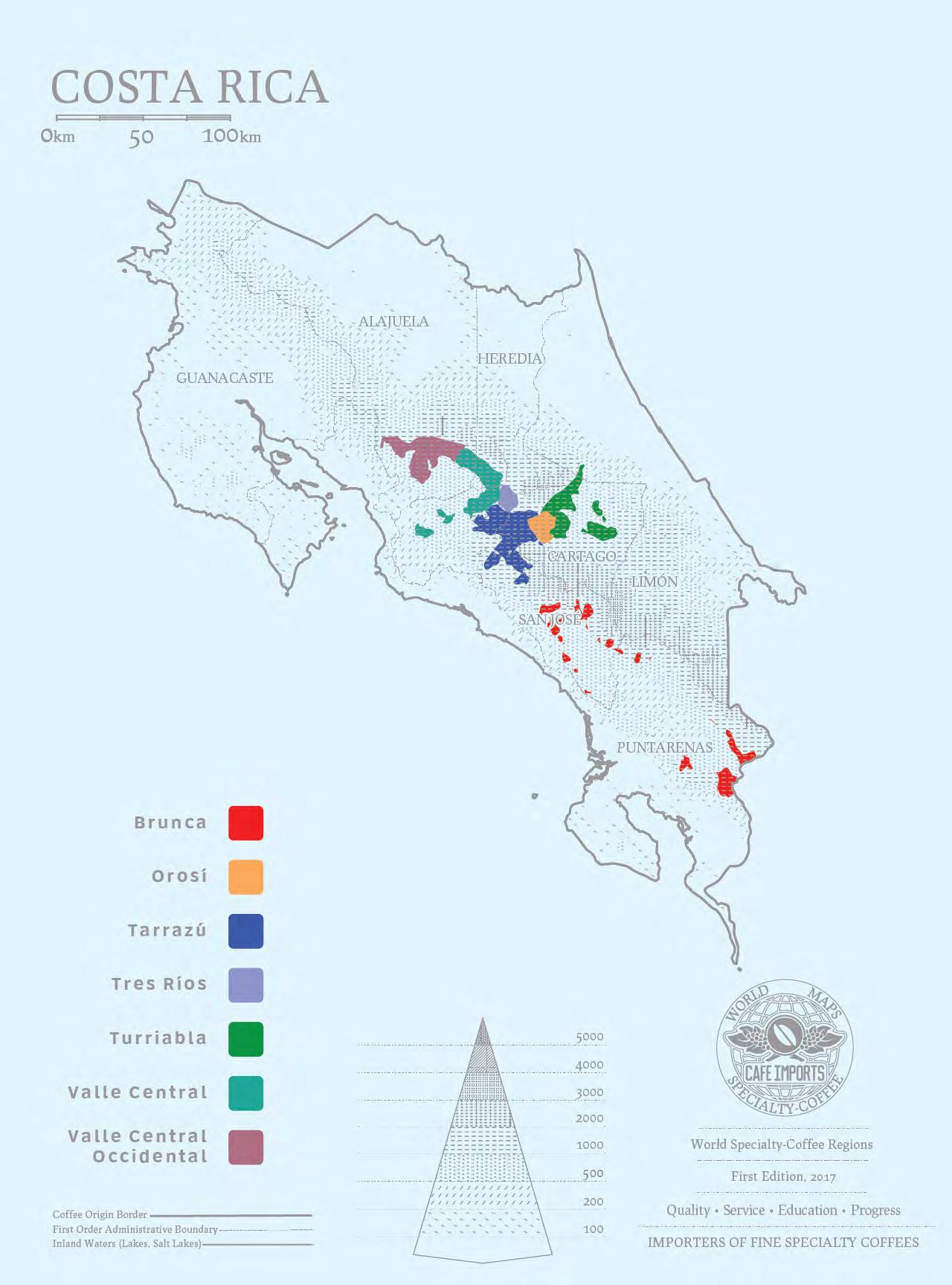
6 minute read
THREE REAL LIFE RESCUES , PART I
Three Real Life Rescues
Technology Has Revolutionized Search and Rescue
Advertisement
"During my 50 years in the backcountry as a mountaineer and outdoorsman I participated in the three dramatic rescues. They showcase how the rapid progression technological advances in search and rescue (“SAR”) are now saving lives around the world. "
Robert Mills
Part 1 of 3 in Series "Helicopters Join Search and Rescue"
Rescue #1: Over the Wind, We Heard a Faint Female Voice Cry, “Help! Please Help Me.”
Late on a chilly August afternoon in 1976, two friends and I were descending steep icy snow fields after summiting gorgeous Banner Peak, a 12,945-foot summit in the Ansel Adams Wilderness southeast of Yosemite National Park. For a brief moment the wind paused, and in that instant of quiet, we faintly but distinctly heard a women’s voice weakly cry out, “Help!”
In response, we all screamed, “Hello!” In reply, an unseen, desperate female voice below weakly shouted “Help! Please help me!”. As we rushed down the snowfield toward the sound of her voice we saw a trail of blood on the snow well before we saw her, crumpled in a fetal position among rocks she had crashed into hours earlier after sliding out of control down the steep icy snowfield.
She was still bleeding, in shock, shivering, covered in cuts and contusions and, we would later learn, had broken bones in both of her legs, and one broken rib. We assured the terrified young woman that we would get her rescued, then set about trying to make that happen, while keeping her alive in the meantime. We divided the rescue task three ways: Bill, the strongest, with the best headlamp, would run the 12 miles down the mountain to the nearest pay phone to call in the rescue.
I would descend to our camp and return with a tent, sleeping bag, ground pads, a first aid kit, and food for the victim. Jim would stay with her, making her hot tea with our stove.
We each pulled out warm garments from our daypacks for her to wear in the meantime. Then Bill and I headed off.
After an epic run down a steep narrow trail in moonless darkness, Bill reached a pay phone well after midnight, called 911, and was told to stay put. At dawn a military rescue helicopter landed in a nearby parking lot and hauled him aboard to provide navigation to the victim.
Bill steered the huge thundering chopper to our location just after dawn. The medics first lowered Bill to the ground, then hoisted the victim up in a litter and roared off, taking her to a hospital near Madera, California. We later learned from her family that she had had surgery and was expected to make a full recovery. She was extraordinarily lucky.



We were the only people on mountain and when we heard her cries, we were but one wind gust and seconds away from being out of earshot. She would not have survived the night. Given the continuing blood loss, her doctors told her that even with our help, without the helicopter ride, they doubted that she would have survived the wait for rescuers and the very long litter carry and drive to the nearest hospital.
As late as the mid-1970’s, searches and rescues (“SARs”) were undertaken with no technological assistance, in much the same way they were since ancient times. To initiate a rescue the companions of those injured or needing rescue had to climb down or hike out to the nearest police or ranger station, or town with a volunteer SAR organization. The rescue would be organized there and then head back out on foot or horseback to the victim. That usually resulted in days between the accident or medical emergency and help reaching the victim, and still more days to transport the victim to a hospital, typically on a litter by men on foot. In the ensuing decades, however, new technology has brought revolutionary changes. The first and most dramatic of these was the introduction of helicopters in SAR.
There is a saying in mountain SAR about the importance of promptly reaching the victim: ‘Every Second Counts!’ Toward this end, the introduction of the helicopter in SAR has saved countless lives since choppers can transport victims from high on mountains or deep in remote wilderness to the rooftop helipads of metropolitan hospitals in a matter of an hour or two, instead of the days it took in the past.
Telephones and Cell Phones Further Shorten the Time for Critical SAR Rescue
Even after the introduction of helicopters, before a rescue could be initiated someone had to climb down or hike out to request one. This delay was dramatically reduced as access to telephone service grew. The recent expansion of cell phone coverage has vastly enlarged the geographic access to coverage, which is now increasingly available in remote areas, on mountains, and in National Parks.
Robert Mills Publisher Note:

Robert Mills is a regular contributor to "The Next Taste" Magazine and our companion podcasts.
Next Month Mr. Mills will be featuring another rescue. Here is brief excerpt:
Rescue #2:
"We watched in horror as he quickly lost control, accelerated rapidly all the way down the steep icy slope then, letting out blood-curdling screams, cartwheeled across a field of jagged rocks, coming to rest face-down and unconscious. "


Mike has been associated with and in the business of golf since the late 60’s. He has traveled extensively in golf and has been seen in over 50 countries around the world as a renowned Golf Trick Shot Artist, professional golf instructor, master clinician and public speaker.
In his travels Mike has come into contact with nearly every type of golf operation conceivable which has allowed him to be one of the more knowledgeable individuals in the world in the business of golf instruction. He has successfully operated as an entrepreneur and independent contractor in the golf business since 1978. Prior to 1978, Mike was head professional for a private club for 6 years and assistant professional at several other country clubs earlier in his professional career in the late 60’s including the famed Marco Island C.C which was home to the late Gene Sarazen.
Mike has an instructional TV Series entitled “The Golf Doctor” which has been seen on Wink-News a CBS affiliate for 35 years and is viewed by millions of people annually. In addition, Mike is the author of a golf instructional video “Learning Golf” (Produced in 1978), published writer (Golf Tips and Golf articles). Mike can be seen and heard weekly on the Radio/TV weekly show thedistillerychannel.com which he gives golf advice and tips to its listeners.
Mike Calbot as golf instructor, swing analyst and golf trick shot expert, travels the world giving performances, schools, clinics and corporate outings, which allow him continuous exposure. His Golf Studio boasted a healthy clientele in the thousands and has personally given over 85,000 lessons.
“Building Confidence Through Better Understanding”-
The Mike Calbot Golf Academy
Through progressive practice programs quickly elevating the skills of beginner, intermediate and advanced golfers.
https://golfdoctorusa.com Call: (239) 482-0900 Email: mikecalbot@golfdoctorusa.com










